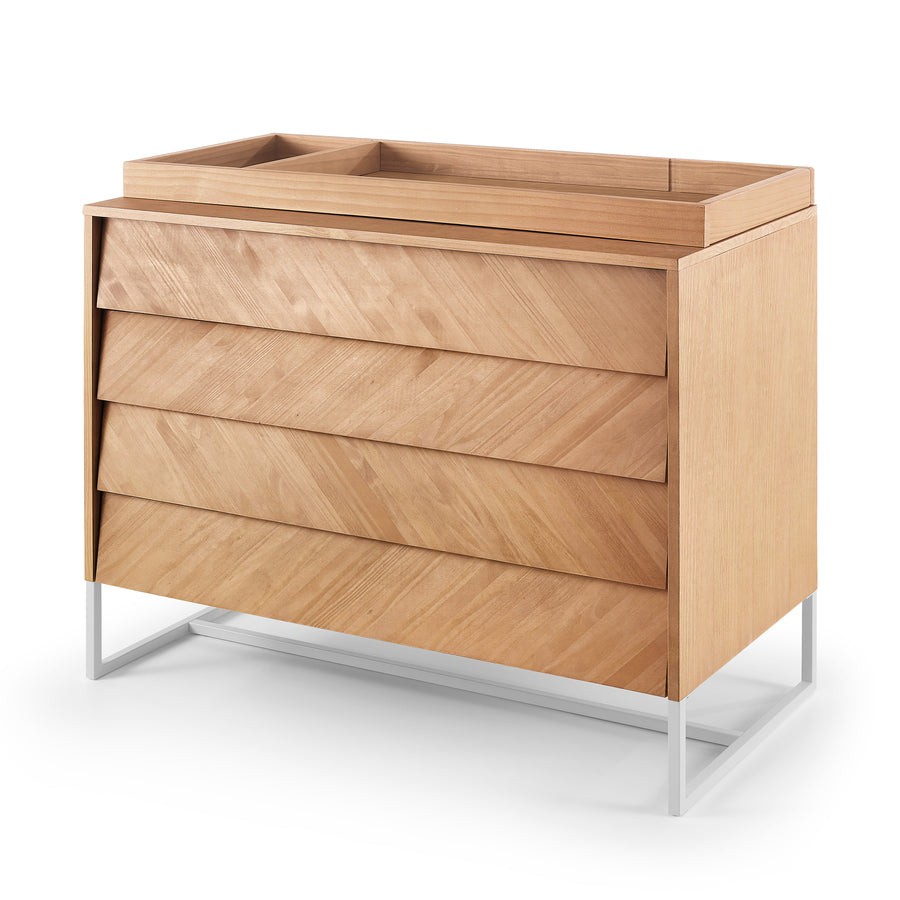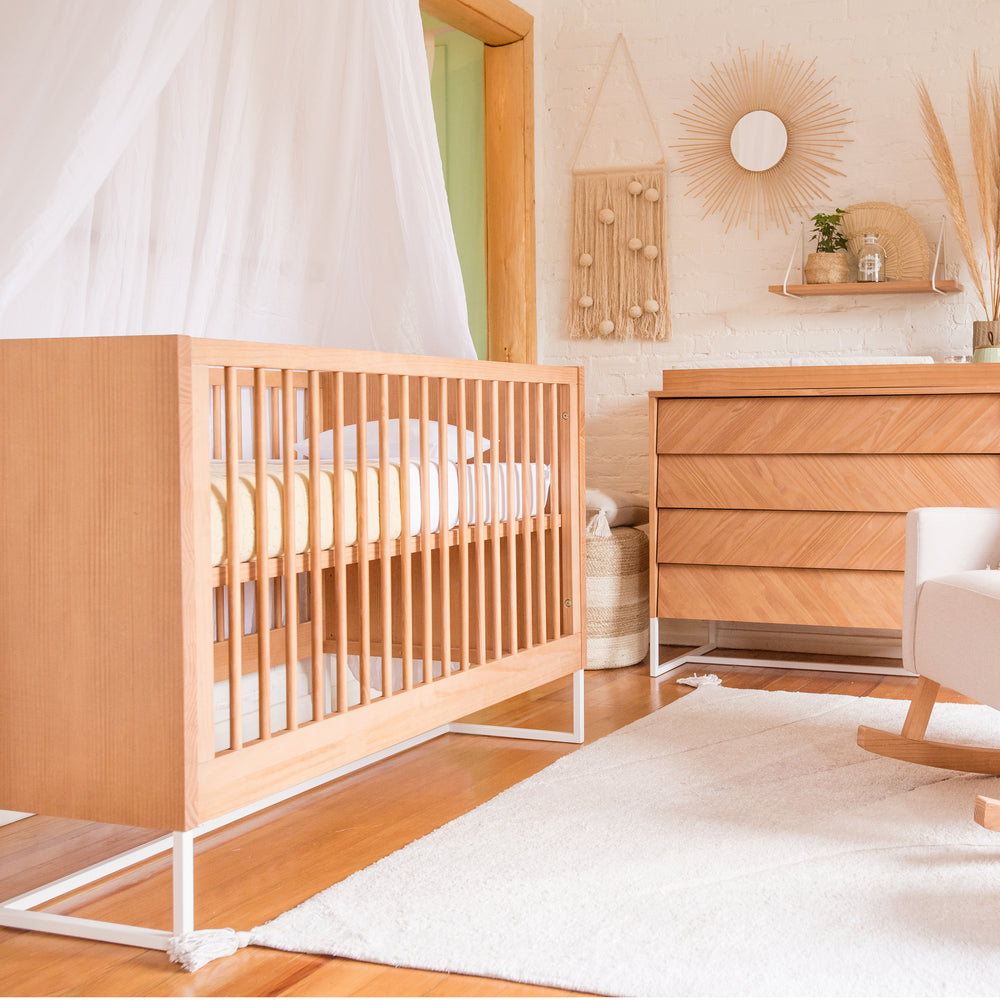How to Pick a Paint Color for a Nursery

Something about choosing a room color always seems to give people trouble—especially when they’re trying to decorate their nurseries. You may already have a theme and overall layout in mind, but committing to a specific color may give you pause and, ultimately, cause you to waste crucial preparation time. You may be busy picking out baby nursery sets, but make sure you also try to set aside some time to learn how to pick a paint color for a nursery. This way, you can ensure that, no matter what you choose, it will work with your current plans.
Let Your Theme Guide the Color
One of the easiest and most effective ways to decide on a paint color is to cater it to your desired theme, whether it’s the beach or sports. Using hues that correspond to your theme is a great strategy for creating consistency and atmosphere. Best of all, this allows you to narrow down your options significantly more quickly and makes the process a lot more straightforward.
Think Lighter and Brighter
If you don’t have a specific theme to help you out, another helpful strategy is to go for lighter colors. Nurseries tend to be on the smaller side, and it’s easy for them to appear crowded or overwhelmed, especially when they lack light. In fact, darker colors can make these rooms look muted and dusky. For this reason, new parents commonly opt for light hues such as powder blue or pistachio green, as these colors reflect light rather than absorb it. This makes the room appear happier and more energetic.
Establish a Balance
When picking a paint color for a nursery, you should also consider how you’re going to balance the hues within that space. This is why developing a color scheme that complements the overall design of the room is often better than choosing one color. If you’re interested in a bolder color, try pairing it with a lighter trim in the same color family to keep it from becoming too overwhelming. If you’d rather have a light primary color, try using white or light gray as a balancing secondary color. Doing this keeps the dominant color from taking over the entire room and allows you more freedom to experiment with décor.




Leave a comment